Icy Invertebrates: An Expedition to Eastern Antarctica
- Chandler Olson
- Jun 3, 2023
- 3 min read
Antarctica, a land of unparalleled beauty and mystery, has always captivated the imagination of adventurers and scientists alike. In a recent expedition to the eastern coast of Antarctica, I had the incredible opportunity to explore this remote region and dive into the enchanting world of marine invertebrates. I have even been able to capture some of this beauty on film to share with you!
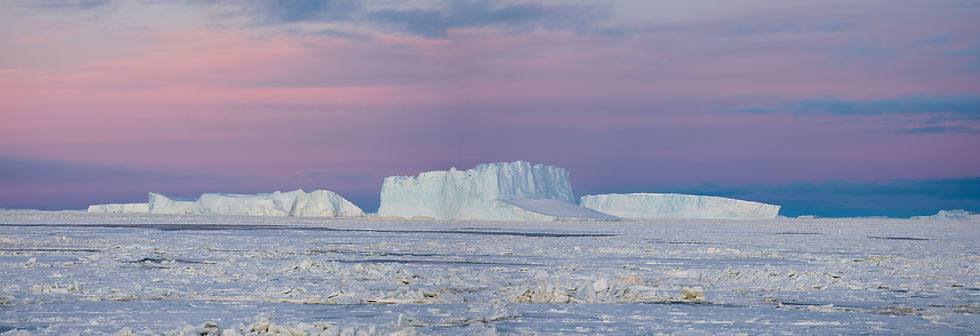
For an entire month, our expedition sailed along the coast of Eastern Antarctica, a region far less explored than its western counterpart. Remarkably, ours was the first US expedition to venture into this area in over three decades. As we sailed through these icy waters, we were treated to an ever-changing panorama. The ice formations, from delicate pancake ice to imposing ice floes, mesmerized us at every turn. Glaciers drifting by like crawling mountains inspired awe.
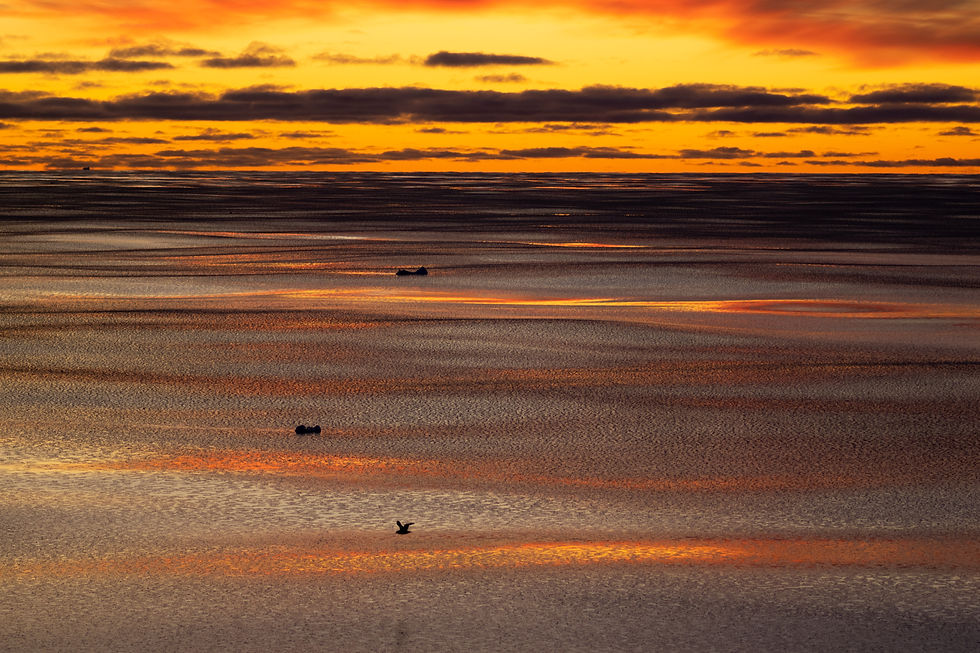
Antarctica's wildlife is a testament to the resilience of nature. During our expedition, we were privileged to witness the comical antics of penguins, the lethargic napping seals, and the magnificent presence of whales. These encounters added an extra layer of enchantment to our journey.
Our team's primary mission was to study small invertebrates that often require microscopic examination. Among our targets were the elusive Solenogastres and Cumaceans, which play vital roles in the Antarctic ecosystem. As an avid mollusk enthusiast, my personal goal was to find a member of the rarest group of mollusks on Earth—the monoplacophorans. With anticipation fueling my drive, I embarked on a quest to uncover these elusive creatures.
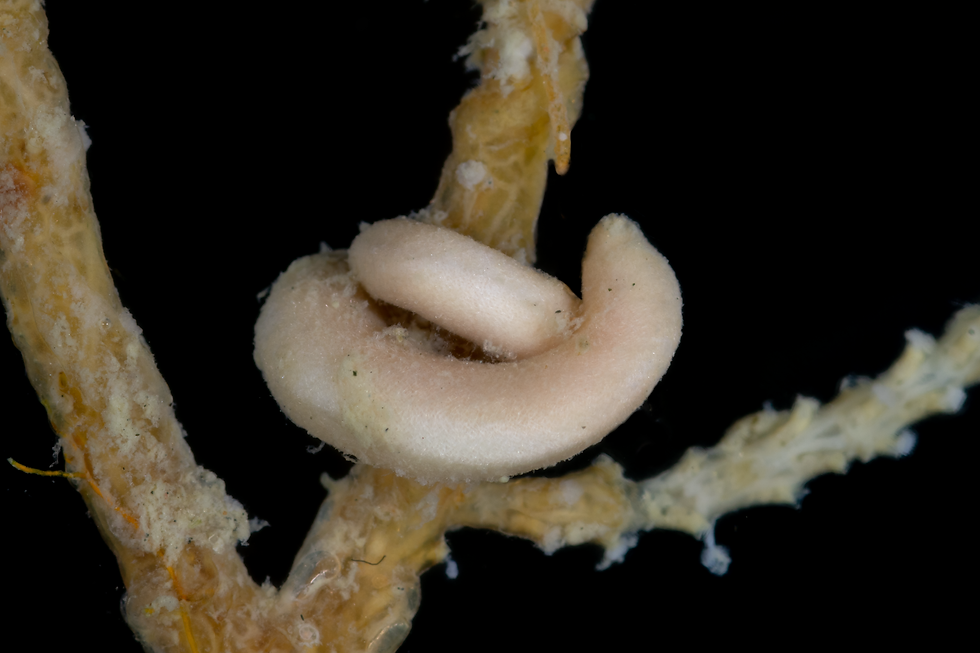
Our research demanded round-the-clock dedication, and I found myself working the night shift from midnight to noon. Initially, the sunrises painted the sky in hues of gold around 6 am, but as our expedition progressed, they danced on the horizon closer to 9:45, a testament to Antarctica's shifting rhythms. However, one advantage of the night shift is that it offered more opportunities to glimpse the stunning southern lights.
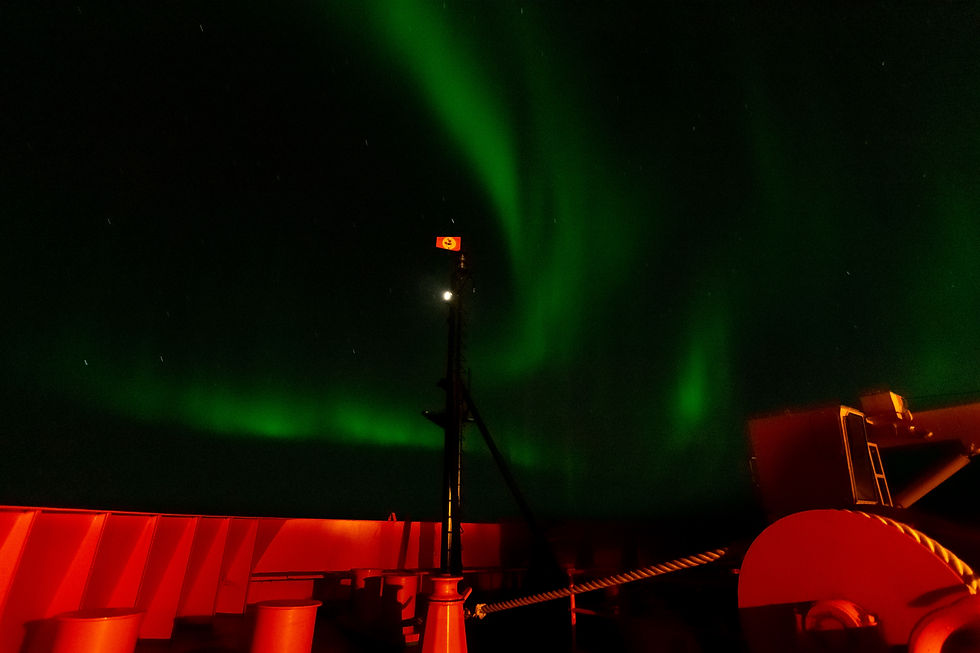
Despite the challenges, our tireless efforts yielded remarkable results. We discovered an abundance of Solenogastres and Cumaceans representing the significant diversity of the region. We were even able to make living observations providing invaluable insights into their behavior and ecologicaly. Moreover, to my sheer delight, the team and I stumbled upon not one but two different species of monoplacophorans, with over 50 individuals captured for further study.
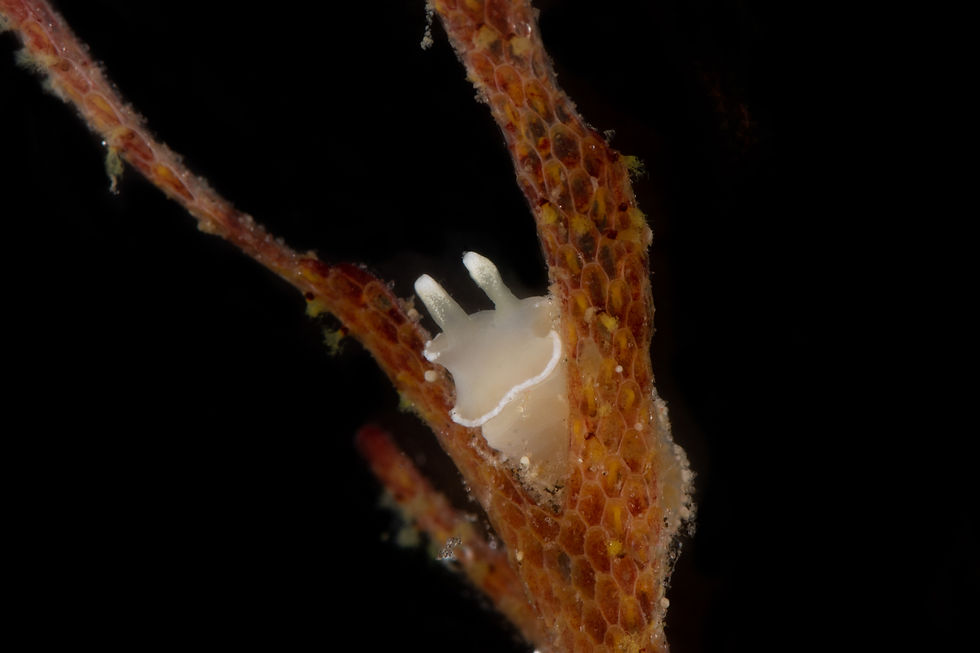
In my spare time, I became an intrepid observer, capturing the mesmerizing world of invertebrates on film. Equipped with a custom-built photo tank, courtesy of Nick Roberts, I ventured into uncharted territory, documenting creatures that had never before been photographed or filmed alive. While filming these animals I even observed new behaviors unknown to science which I am excited to share with you!

Compiling the exciting footage I gathered, I embarked on a creative endeavor to share the wonders of Antarctica's marine invertebrates with the world. The result is a nature documentary mini-series that promises to take viewers on an unforgettable journey to the Southern Ocean. Check out the trailer to get a glimpse of what this series has in store!
The first episode will premiere on June 9th, 2023. The mini-series comprises 12 episodes, each offering a unique perspective on the diverse array of marine invertebrates found beneath the Antarctic ice. From armored amphipods to alien-like priapulida, this series captures a wide breadth of invertebrate diversity. Ranging from one to four minutes in length, these episodes are carefully crafted to capture the essence and beauty of these fascinating creatures. Episodes will then be released every other week. Through stunning visuals and relaxing narration, viewers will gain a deeper understanding of the lives of these strange and beautiful animals living beneath the Antarctic ice.
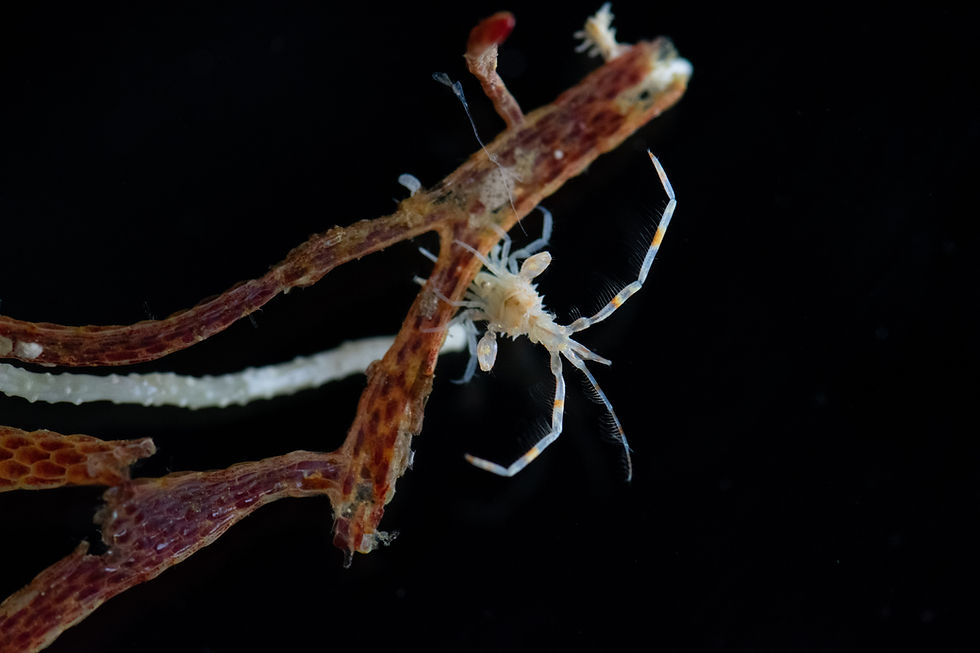
Whether you are a nature enthusiast, a marine biologist, or simply curious about the wonders of the natural world, "Marine Invertebrates: Under the Ice Documentary" promises to be a captivating journey. Join me as we dive into the depths, revealing the secrets and marvels of Antarctica's marine invertebrates. Mark your calendars and prepare to embark on a remarkable expedition like no other.
Link to ICY INVERTS Website to read more about this expedition: https://www.icyinverts.com/









Comments